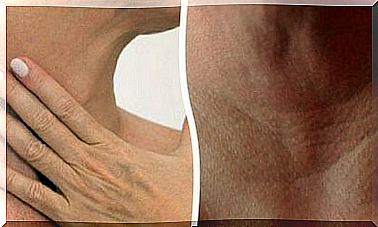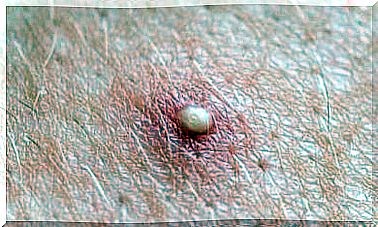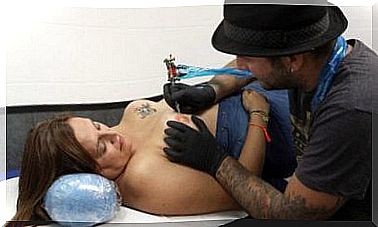Madopar – What Is It And What Is It For?

On Madopar consists of a combination of levodopa and benserazide. It is a drug used to treat Parkinson’s disease. Effective results when it comes to managing the symptoms of this disease make it worth learning more about it.

Madopar is a drug used to treat Parkinson’s disease. It consists of two active ingredients, i.e. 200 milligrams of levodopa and 50 milligrams of benzerazide. It takes the form of tablets with a cross-shaped score, which gives the patient the possibility of receiving four doses.
How does madopar work and what is it for?
Levodopa is a substance that is a dopamine precursor. It is used because dopamine alone cannot reach the brain. However, its precursor, Levodpoa, is already able to enter its area. This is where levodopa is converted into dopamine and thus increases its levels in the brain.
Levodopa is the most effective active ingredient in treating the symptoms associated with the movement and stiffness of Parkinson’s disease. If you are being treated with Madopar, you should not stop taking it suddenly. Why? As side effects such as fever, muscle stiffness and confusion may occur.
Why is levodopa combined with another substance?

If levodopa was administered alone, it would be extensively metabolized before reaching the brain. For this reason, it is combined with other active ingredients, such as carbidopa or benserazide.
These active substances ensure that enough levodopa reaches the brain. They improve its effectiveness and reduce possible side effects.
The combination present in the composition of madopar is maintained in the ratio of 4: 1 of the two active ingredients. In this way, the effect is virtually identical to that of high doses of levodopa, but with better tolerance.
Overall, all the symptoms of Parkinson’s disease improve significantly with treatment with this drug.
How should madopar be taken?
Madopar is a drug that is taken orally 30 minutes before meals or 2 hours after. If you experience stomach discomfort, you can take it with food, although then you need to make sure that the food is not high in protein.
You should avoid taking this drug together with foods rich in protein, because they can reduce the absorption of levodopa.
Madopar tablets are released gradually, ensuring a long action. If you must take this drug, be careful while driving as it may affect our reflexes.
Madopar: dosage of the preparation
The daily dose of madopar is determined individually in each case, which is always decided by the doctor. However, in general, the following dosages are most commonly used:
Initial treatment
It usually starts with half a tablet three times a day, increasing the daily dose by half a tablet per week, until an effective dose is achieved for each patient. If the patient can be closely monitored, the dose can be increased more quickly – by one tablet per week instead of by half a tablet.
It takes little time to reach an effective dose. This effective dose is 2 to 4 tablets a day, divided into three or four doses.

Maintenance dose
Usually the daily dose should be divided into at least three parts and increased by an average of a third of one tablet per day. However, it is an individual matter. The fractionation of the daily maintenance dose will be done according to what is most appropriate for each patient.
Another option for setting the maintenance dose is to maintain the daily dose, with the option of switching from one tablet to a quarter tablet but taking the tablets more often.
Madopar does not heal, but helps
At the moment, there is no treatment that can overcome Parkinson’s disease, but it does manage to alleviate the main symptoms, thus improving the quality of life of patients.
Madopar is a good treatment option used by thousands of people with Parkinson’s disease around the world. It is important that the doctor monitors the intake of the drug and adjusts the doses according to the real situation of each patient.
The article was written and reviewed by pharmacist María Vijande.









